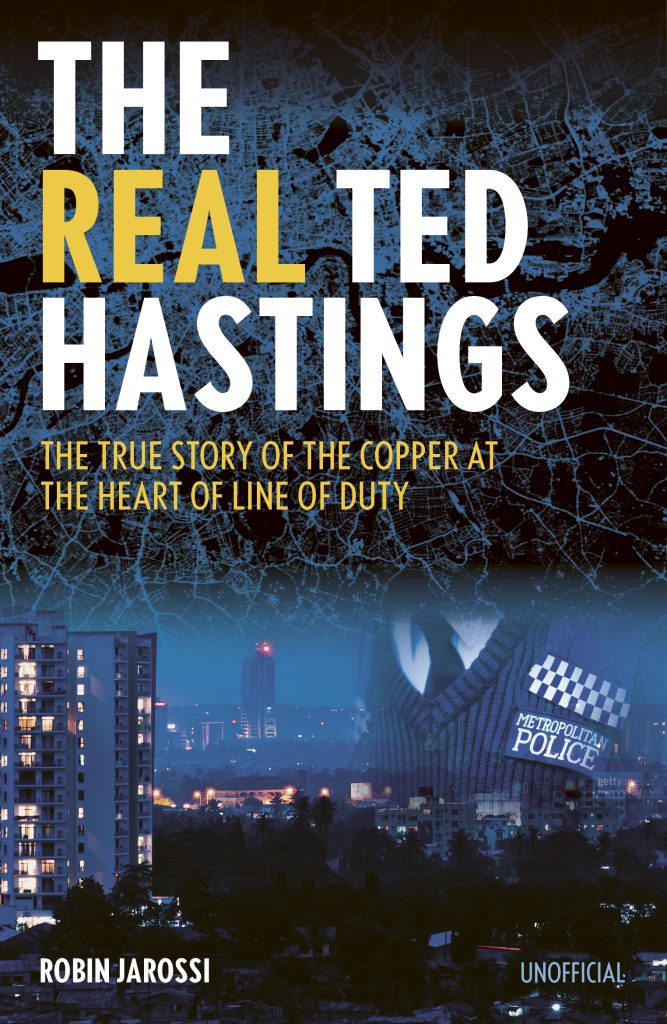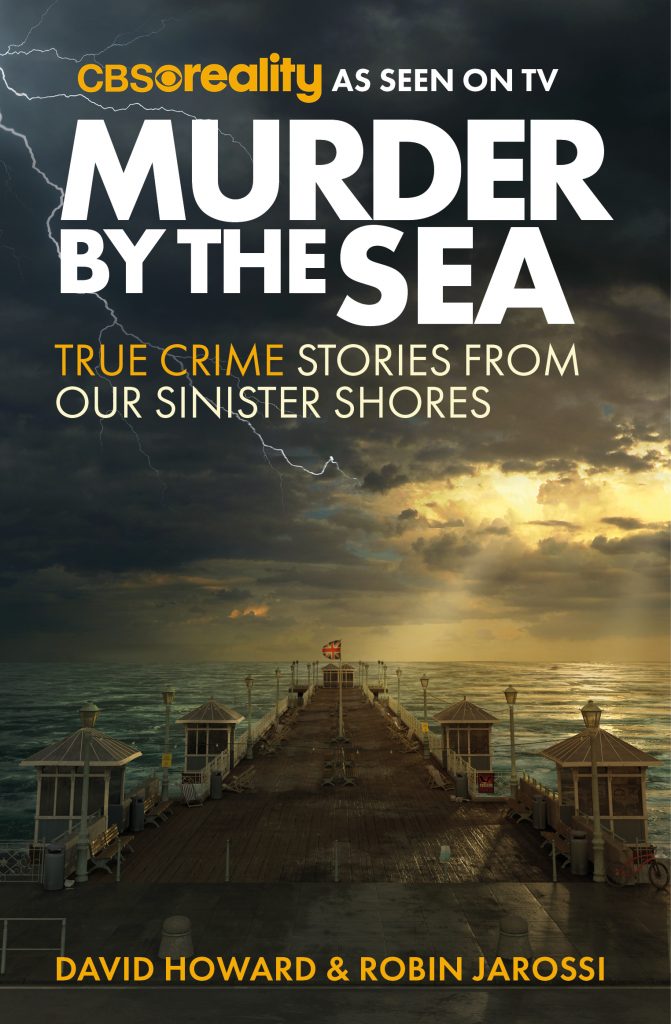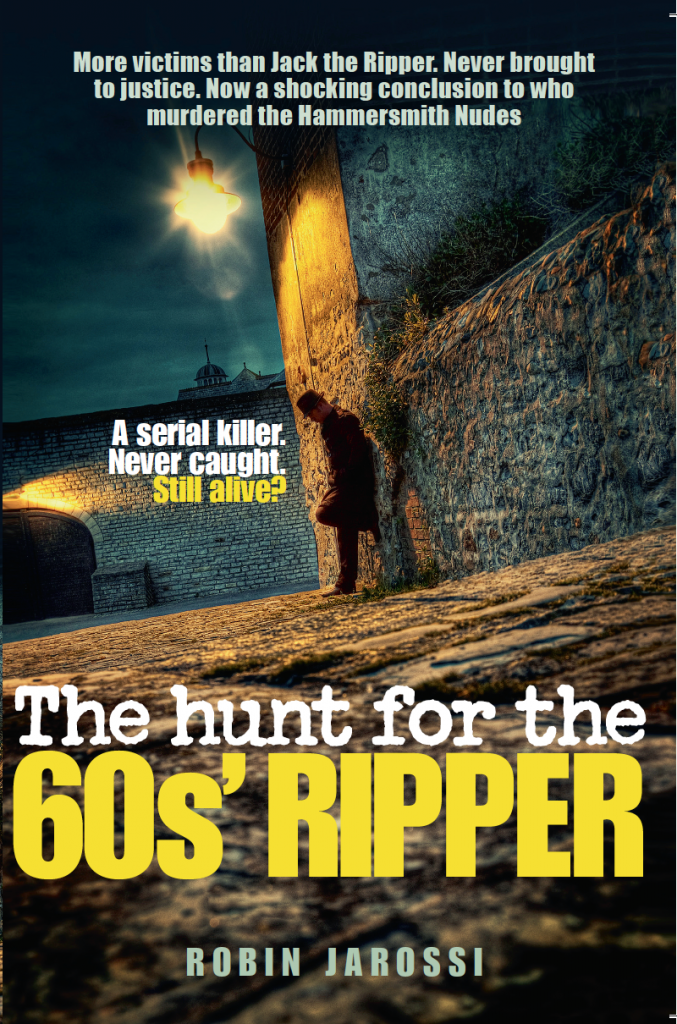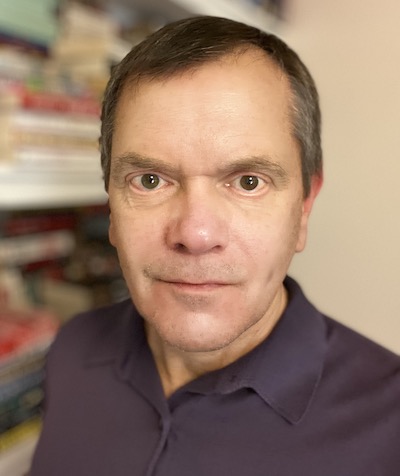A Beatle at The Bush
Little while ago @FlipLondonTours tweeted a pic of Paul McCartney filming a scene for A Hard Day’s Night in 1964. He’s seen going into The Bush on Goldhawk Road, London.
The scene was never used in the final film, but the picture gave me a jolt because I wrote about this pub in The Hunt for the 60s’ Ripper without knowing of this Beatles connection. It was the boozer in which the serial killer’s final victim, Bridie O’Hara, was last seen at closing time on 11 January 1965.
I commented in the book on the juxtaposition of so much Swinging Sixties culture being made in Shepherd’s Bush – Doctor Who at the Beeb round the corner, the Beatles themselves at the Hammersmith Odeon etc – while the area was also the stomping ground for a devious killer.
It’s bizarre to think this photo puts one of most famous 1960s movies on the same premises probably frequented by the killer.
The BBC4 documentary Dark Son even suggested that the man who is a strong suspect as the perpetrator of the crimes, Harold Jones, lived nearby in Aldensley Road.
Shepherd’s Bush was literally a crossroads between the explosion of popular postwar culture and the city’s dark side.
Many thanks to Aidan McManus of @FlipLondonTours for posting the pic.







Robin, other premises featured in The Nude Murders:
Nucleus
During 1963 the Nucleus was a coffee house by day and a members-only coffee club by night and stayed open until 5am.Brian Epstein the Beatles manager had an office of NEMS (North East Music Stores) at 13 Monmouth Street next door to the Nucleus Club which was his company and the Beatles Fan Club. The Beatles witnessed first-hand the comings and goings of the Club where speed and other drugs could be obtained and in an interview Sir Paul McCartney said they were offered some but declined. Epstein moved in 1964 to a prime spot next door to the London Palladium, reflecting the Beatles rapid success.
Flamingo Jazz Club
50 Carnaby Street in London’s Soho district was the site of several important music clubs in the twentieth century. These clubs were often ran for and by the black community, with jazz and calypso music predominating in the earlier years. From 1961, it was occupied by the Roaring Twenties nightclub.
The Roaring Twenties opened on 4 July 1962 Count Suckle (Wilbert Augustus Campbell) was the first DJ at the club and also the bouncer. Suckle claimed later in 1974 that “the club wasn’t opened for black people, it was owned by Jewish people and it only catered for Jewish kids. I was the only black guy there because I was the leading DJ at the time and they wanted a popular ‘front’ figure to pull in the crowds so I was hired.” Suckle complained: “There weren’t any black owned clubs then. The places in the West End where black kids used to go were white owned. Some of them used black staff as a ‘front.’ After his followers began to demand admittance however the management was forced to change its “whites only” admittance policy and soon it was a mainly black club.
Drug use was common in the club. Count Suckle recalled, “I left the Twenties because it was rough … it was just a dump. It was a drugs scene, dope pushing, young kids smoking dope, people fighting, the police raiding the club, hundreds of young black kids taken to jail y`know! I just couldn`t stand it.” One former Mod remembers a less oppressive atmosphere with a few white Ska-lovers being admitted who saw perfunctory police raids during which small amounts of drugs were dropped on the floor then picked up again when the police had gone with nobody being searched or arrested.
Initially the music was a combination of R & B, soul, and blue beat/ska. Later The Beatles, The Rolling Stones and Georgie Fame played there. Other early 1960s visitors included British R&B pioneers Cyril Davies All Stars, The Who and The Animals. Every Sunday was fashion night when everyone was expected to wear a suit and tie. The doorman was Charles (Charlie) Brown, the boxer and Jamaican landlord of murderer John Christie at 10 Rillington Place.
The Beatles played at The Roaring Twenties and The Flamingo Club
The Flamingo Club was a nightclub in Soho, London, between 1952 and 1967. It was located at 33-37 Wardour Street from 1957 onwards and played an important role in the development of British rhythm and blues and jazz. During the 1960s the Flamingo was one of the first clubs to employ fully amplified stage sound and used sound systems provided by ska musicians from the Caribbean. The club had a wide social appeal and was a favourite haunt for musicians including The Beatles. In April 1957 the club moved to new premises at 33-37 Wardour Street, where it initially remained primarily a jazz venue with Ronnie Scott and Tubby Hayes as members of the resident band. The club became particularly well known for its weekend “all-nighters” staying open on Friday and Saturday nights until 6am, a practice which had started on an occasional basis in 1953.
Thanks for that, Chris. I mention the Flamingo and Roaring Twenties as places frequented by one of the victims. But thanks for all the detail – they sound like fairly wild nightspots…